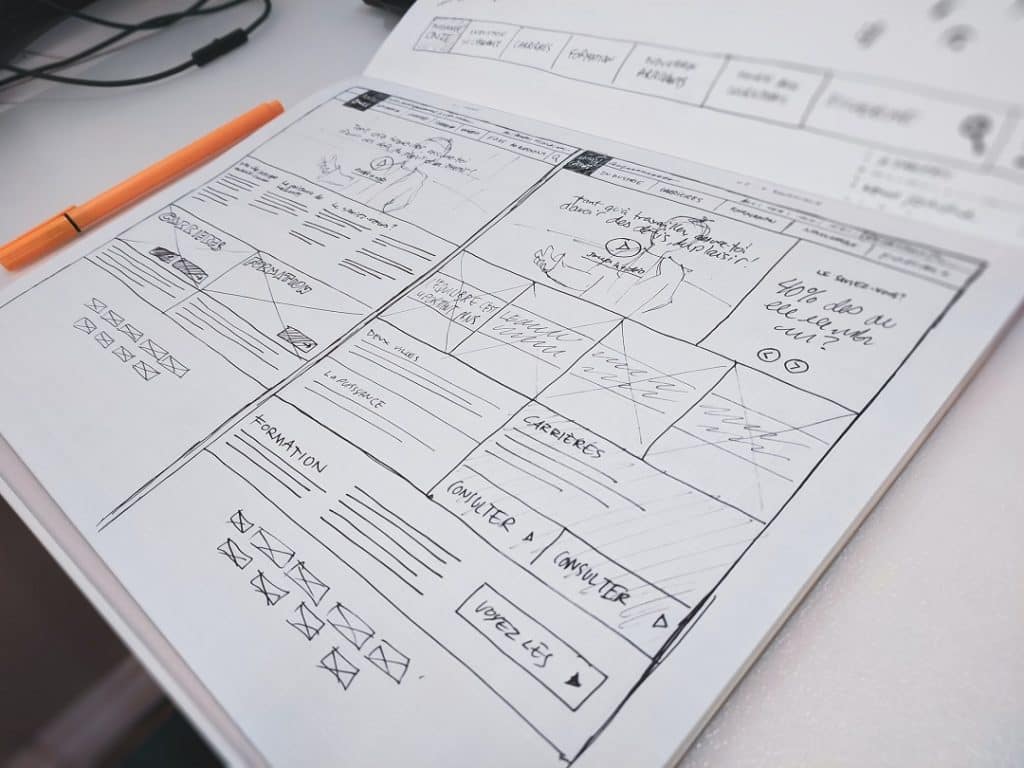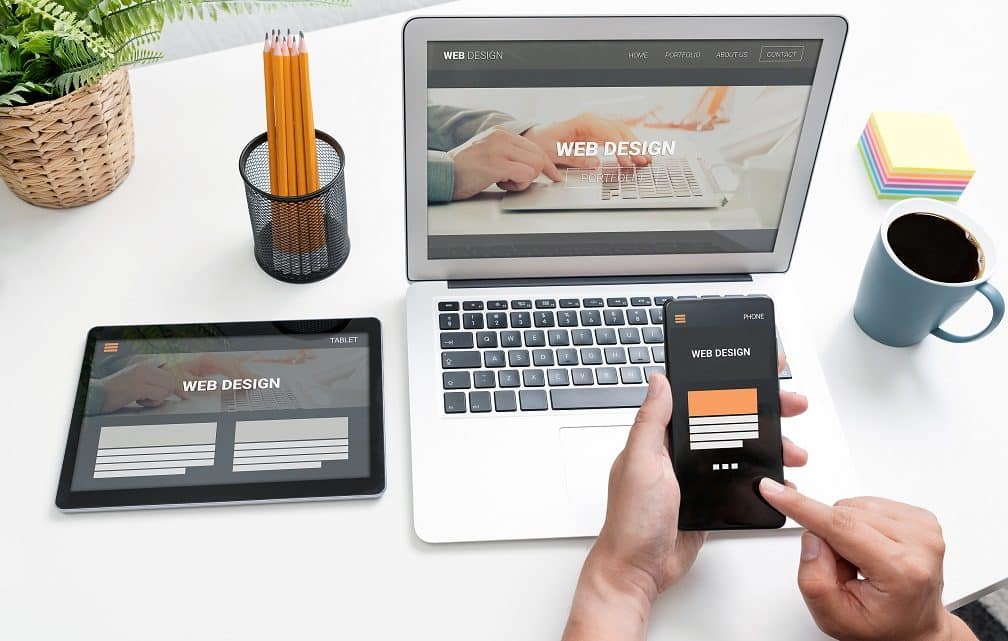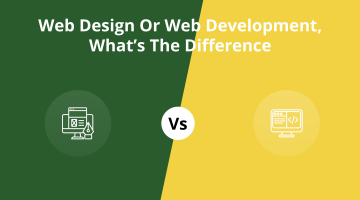Becoming a web designer is a dream come true for many. After all, this job isn’t at risk of getting automated or redundant. Plus, it pays handsomely (around $60,000 per year in the U.S.) and is often done remotely. What’s not to love?
But the path to landing your first job in this field isn’t all rainbows and unicorns. It’s no piece of cake. Fear not, though: once you know what awaits you and brace yourself for it, there’s nothing you can’t do. Here’s your guide to help you map out your journey—and prepare for it.

If you see someone promising to teach you everything you need in a couple of months, run! That’s simply impossible. In reality, it’s going to take you at least a year of hard work, especially if you need to juggle learning web design with other responsibilities, like a job or studies.
Here are 3 tips for finding time for this endeavor:
- Reduce your workload. If you’re a student, you can offload your homework to paper writing services. To choose where you can order that, read reviews, like this one domyessay review by nocramming.com first. If you have a financial safety net and you work full-time, consider switching to a part-time job.
- Keep it regular. Whether or not you learn on your own, you need to stick to a schedule. That way, you won’t be tempted to put it off indefinitely, cram, or make huge breaks.
- Learn to prioritize. You’ll need to ask yourself one question: What’s more important, this or working towards landing your dream job?
2. Understand the Scope of Skills You’ll Need
You probably already know this holy trinity of web design: HTML, CSS, and JavaScript. They are, indeed, the cornerstone technologies you should start with. But they’re not the only ones.
Here are 10 other skills you should be able to add to your CV if you want to find a job as a web designer:
- jQuery libraries and plugins;
- Adobe XD;
- Adobe Photoshop and Illustrator to create mockups and wireframes;
- Adobe Dreamweaver and Figma for collaboration;
- User interface (UI) and user experience (UX) design;
- Responsive websites;
- Graphic design: color theory, typography, composition, layout;
- Web server management basics;
- Search engine optimization (SEO) basics;
- Working with content management systems (CMS) like WordPress, Magento, and Drupal.
There are also some soft skills you’ll need to demonstrate to your potential employers, such as:
- time-management;
- interpersonal communication;
- creativity;
- detail-orientedness.
3. Consider Investing in a Bootcamp…
Many guides like this one start with these words: “get a degree”. But that’s not 100% necessary.
Still, if you want to gain some proper training in web design, bootcamps are a better way to go about it than colleges and universities. Here are 3 reasons why:
- They’re more affordable. One year of studies at a college or university typically starts at $15,000. Bootcamps aren’t as expensive: they usually cost several thousand dollars.
- They’re shorter. A graduate program usually takes 4 years, an undergraduate one—2 years. Bootcamps, on the other hand, last from 6 months to a year.
- They’re 100% focused on web design. At a university or a college, you’ll be taking a bunch of classes you won’t ever need. Bootcamps have a clean-cut curriculum packed only with the knowledge and skills that you’ll actually use.
4. …Or Start with Free Online Resources
If you haven’t written a single line of code in HTML or CSS yet, you can’t be sure if this is your thing yet. And that’s fine! This is where using these 4 free online resources to learn some basics will come in handy—it’ll help you understand if you want to stick with it:
- freeCodeCamp;
- W3Schools;
- Codecademy;
- Dash by General Assembly.
Learning web design isn’t a spectator sport—you have to get your hands dirty (metaphorically speaking, of course). That is, every time you learn about a new concept, go ahead and tinker with it to see how you can apply it in various ways.
But beyond that, how do you learn to work on projects similar to the clients’ ones you’ll have in a real web design job? Here are 4 suggestions for that:
- Volunteer your skills. Maybe, you have a local non-profit in need of website redesign? Or someone in your family or social circle would like to get a website?
- Find open-source projects. You can call it ‘volunteering’, too, but there’s one difference. Participating in open-source projects allows you to join a community of developers and designers, some of which can become your mentors.
- Join competitions. DesignContest and 99 Designs are all great platforms to get started. Just remember to be persistent if you don’t win on the first try!
Don’t be afraid of constructive criticism—embrace it! That’s the most efficient shortcut in your learning you can ever have.
But how do you find someone to give you said feedback? Here are a few ideas to get you started:
- Ask around in online web designer communities or among open-source contributors;
- If you enroll in a bootcamp, you’re golden: you’ll have real pros you can approach, i.e., your teachers;
- Find someone whose work inspires you and try reaching out to them via social media.
And when it comes to it, remember: ask, and you shall be rewarded. Just make sure you have something to show to the person you’ve chosen.
7. Keep Working on Your Portfolio
Whether you learn on your own or enroll in a bootcamp, you’ll need a portfolio to land a job. That’s the first thing recruiters will look at when you apply.
When you work on your portfolio, remember to:
- Curate it: include only the best of the best of your works;
- Update it: don’t leave it be after you have finished its first iteration;
- Adjust it: don’t send the same portfolio to every potential employer.

A Final Piece of Advice: Prepare for a Long-Term Commitment
Becoming a web designer isn’t an overnight feat. So, prepare for it accordingly. Study even (especially!) when you’re not motivated. Remind yourself why you’ve decided to pursue this career. And, above all, be persistent. Good luck!



